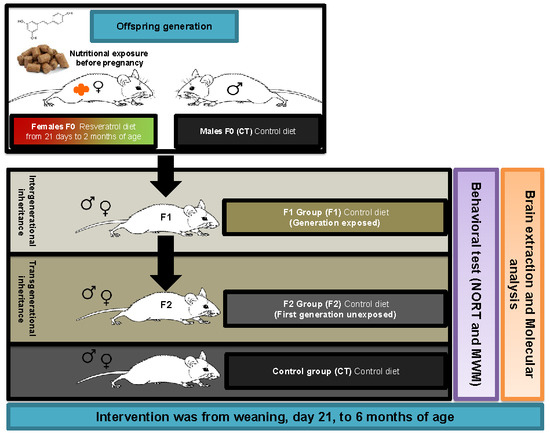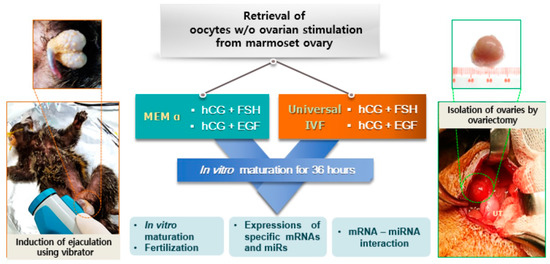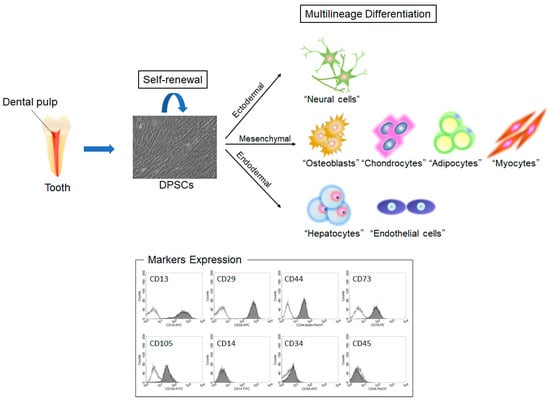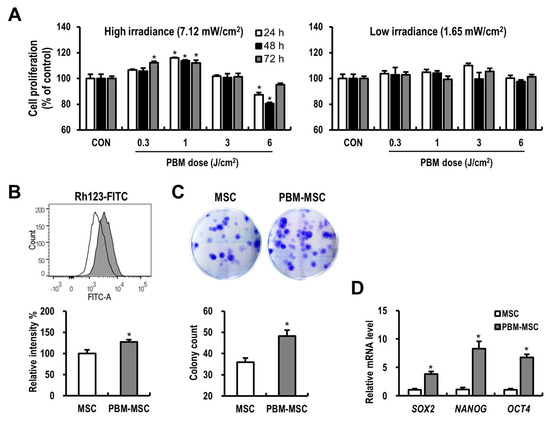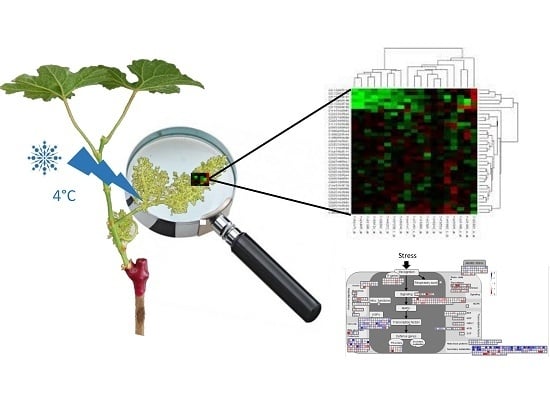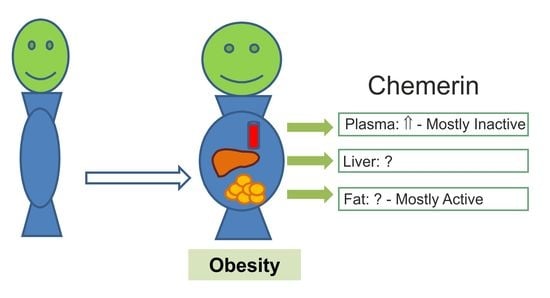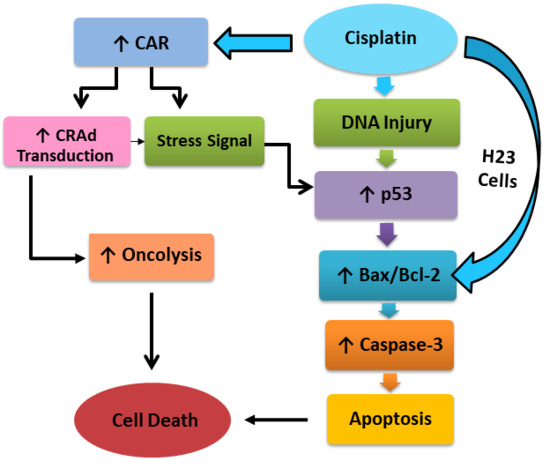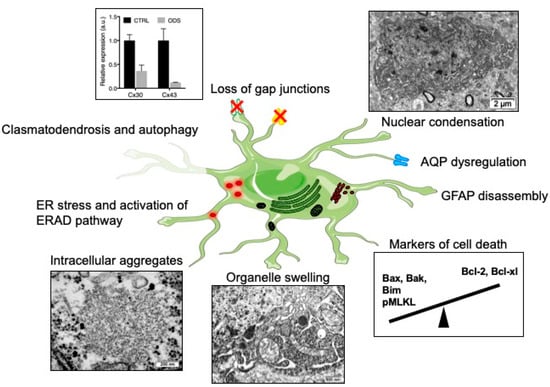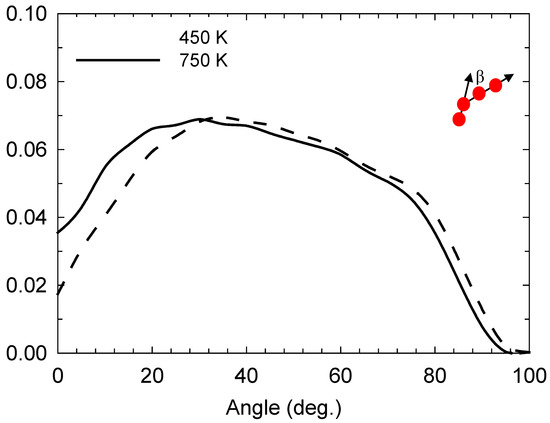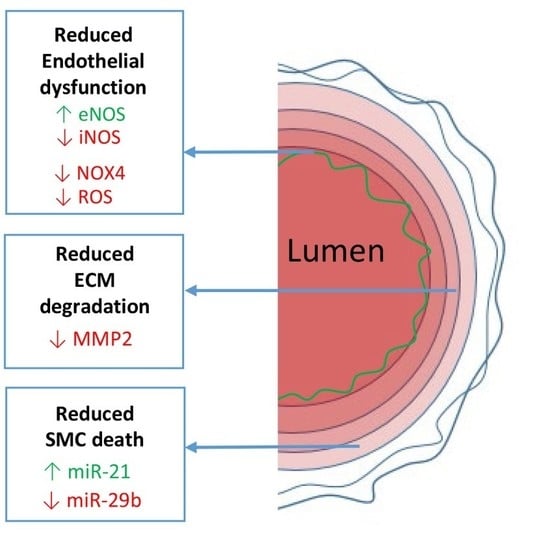Int. J. Mol. Sci. 2019, 20(5), 1134; https://doi.org/10.3390/ijms20051134 - 6 Mar 2019
Cited by 43 | Viewed by 5333
Abstract
A variety of environmental factors contribute significantly to age-related cognitive decline and memory impairment in Alzheimer’s Disease (AD) and other neurodegenerative diseases. Nutrition can alter epigenetics, improving health outcomes, which can be transmitted across generations; this process is called epigenetic inheritance. We investigate
[...] Read more.
A variety of environmental factors contribute significantly to age-related cognitive decline and memory impairment in Alzheimer’s Disease (AD) and other neurodegenerative diseases. Nutrition can alter epigenetics, improving health outcomes, which can be transmitted across generations; this process is called epigenetic inheritance. We investigate the beneficial effects of maternal resveratrol supplementation in the direct exposed F1 generation and the transgenerational F2 generation. The offspring was generated from females Senescence Accelerated Mouse-Prone (SAMP8) fed a resveratrol-enriched diet for two months prior to mating. Object novel recognition and Morris Water Maze (MWM) demonstrated improvements in cognition in the 6-month-old F1 and F2 generations from resveratrol fed mothers. A significant increase in global DNA methylation with a decrease in hydroxymethylation in F1 and F2 were found. Accordingly, Dnmt3a/b and Tet2 gene expression changed. Methylation levels of Nrf2 and NF-kβ genes promoters raised in offspring, inducing changes in target genes expression, as well as hydrogen peroxide levels. Offspring that resulted from a resveratrol fed mother showed increase AMPKα activation, mTOR inhibition, and an increase in Pgc-1α gene expression and Beclin-1 protein levels. Endoplasmic reticulum stress sensors were found changed both in F1 and F2 generations. Overall, our results demonstrated that maternal resveratrol supplementation could prevent cognitive impairment in the SAMP8 mice offspring through epigenetic changes and cell signaling pathways.
Full article
(This article belongs to the Special Issue Health Benefits of Resveratrol)
►
Show Figures
